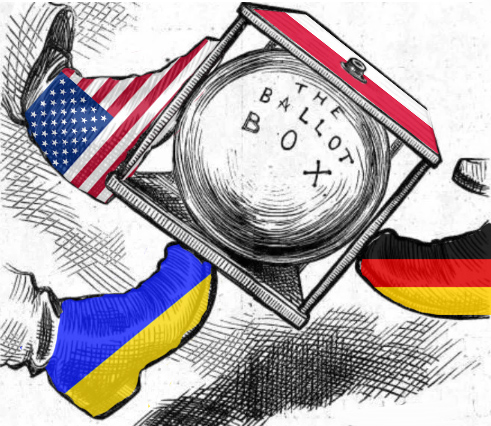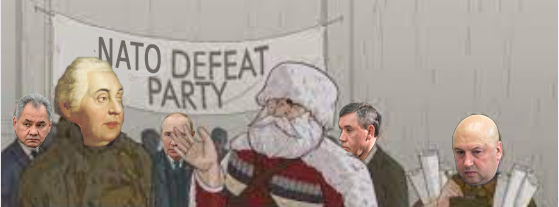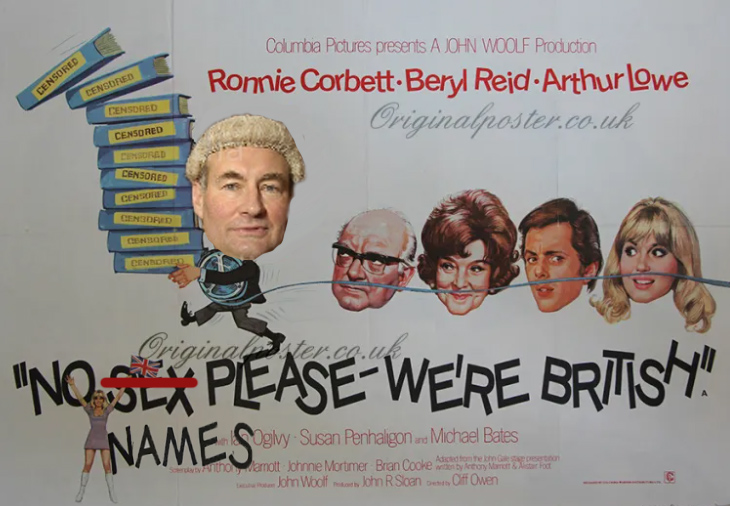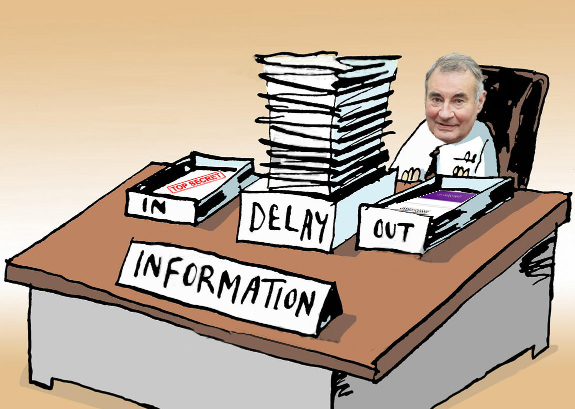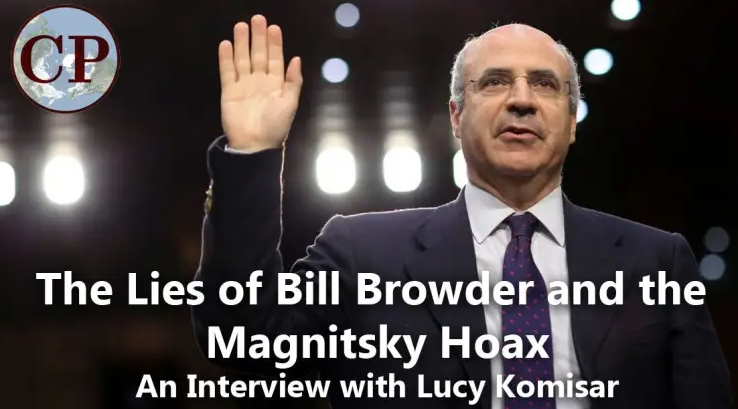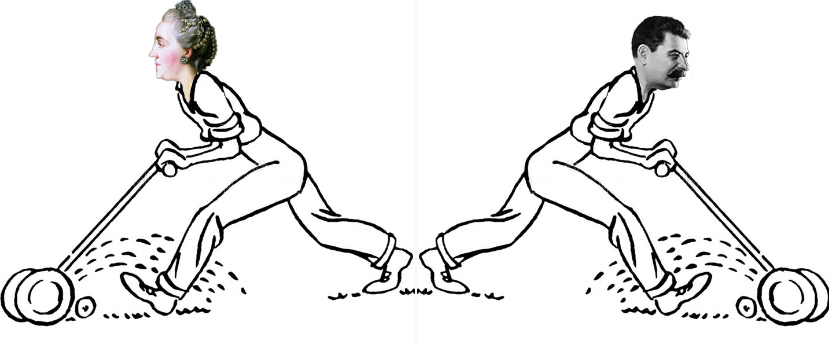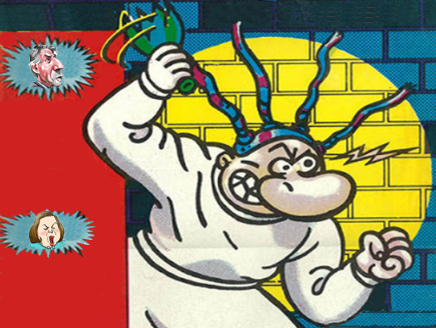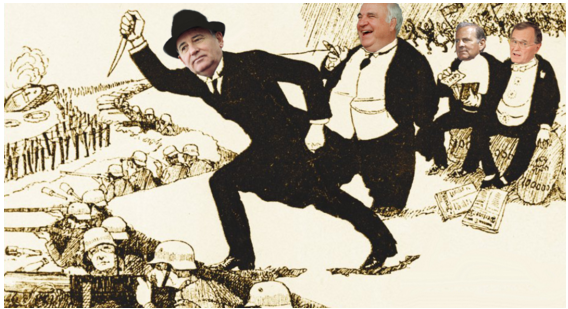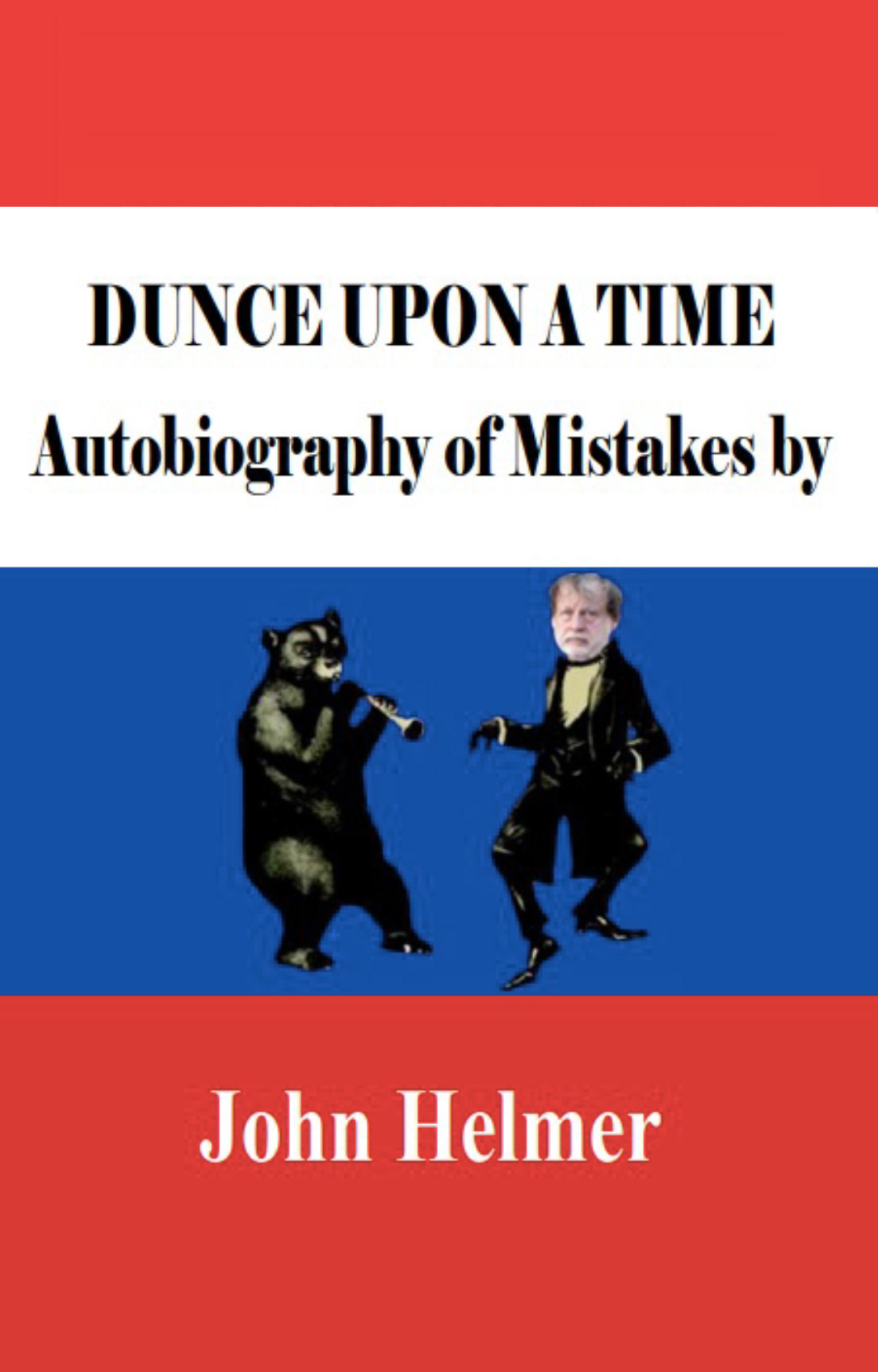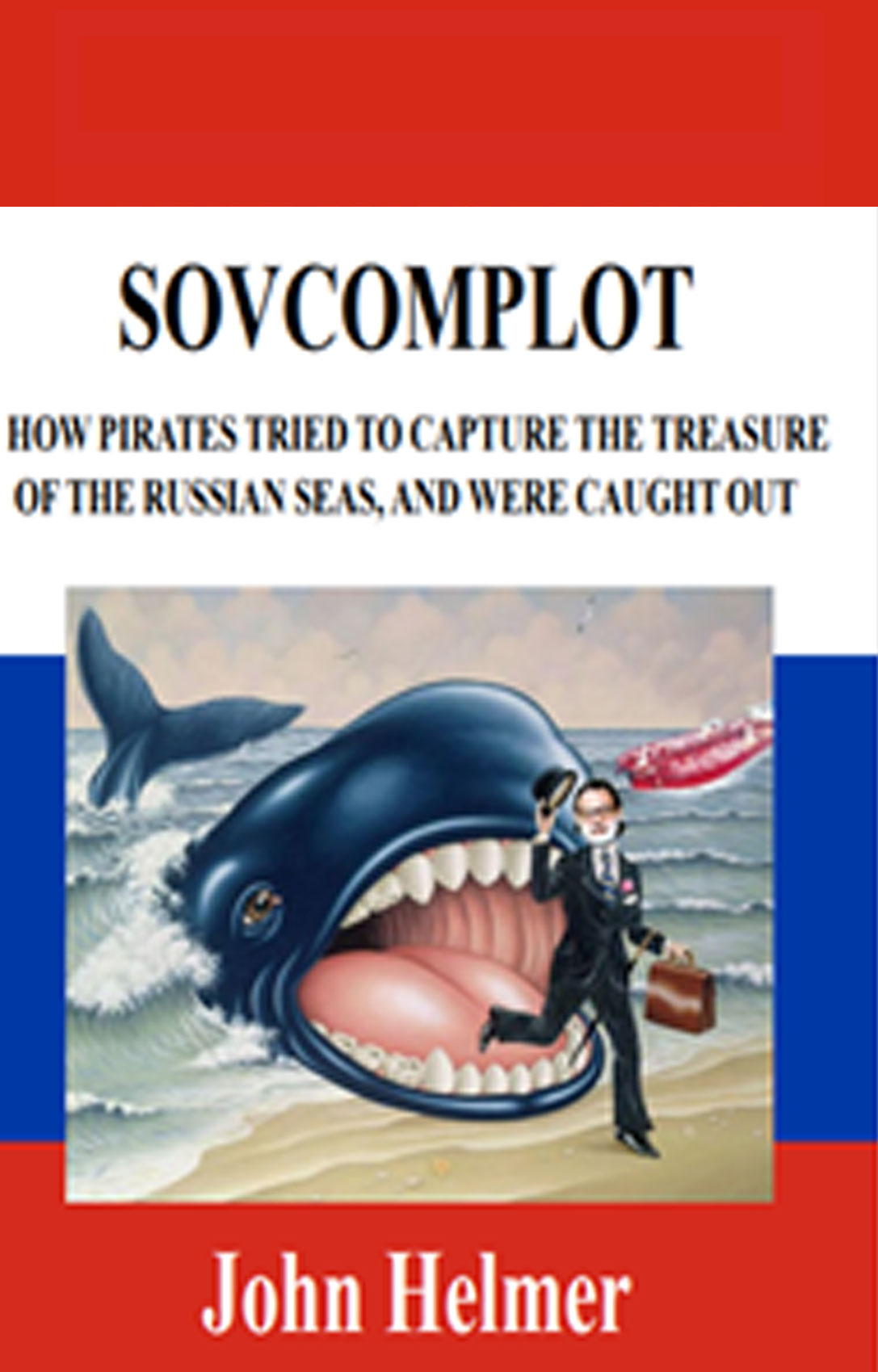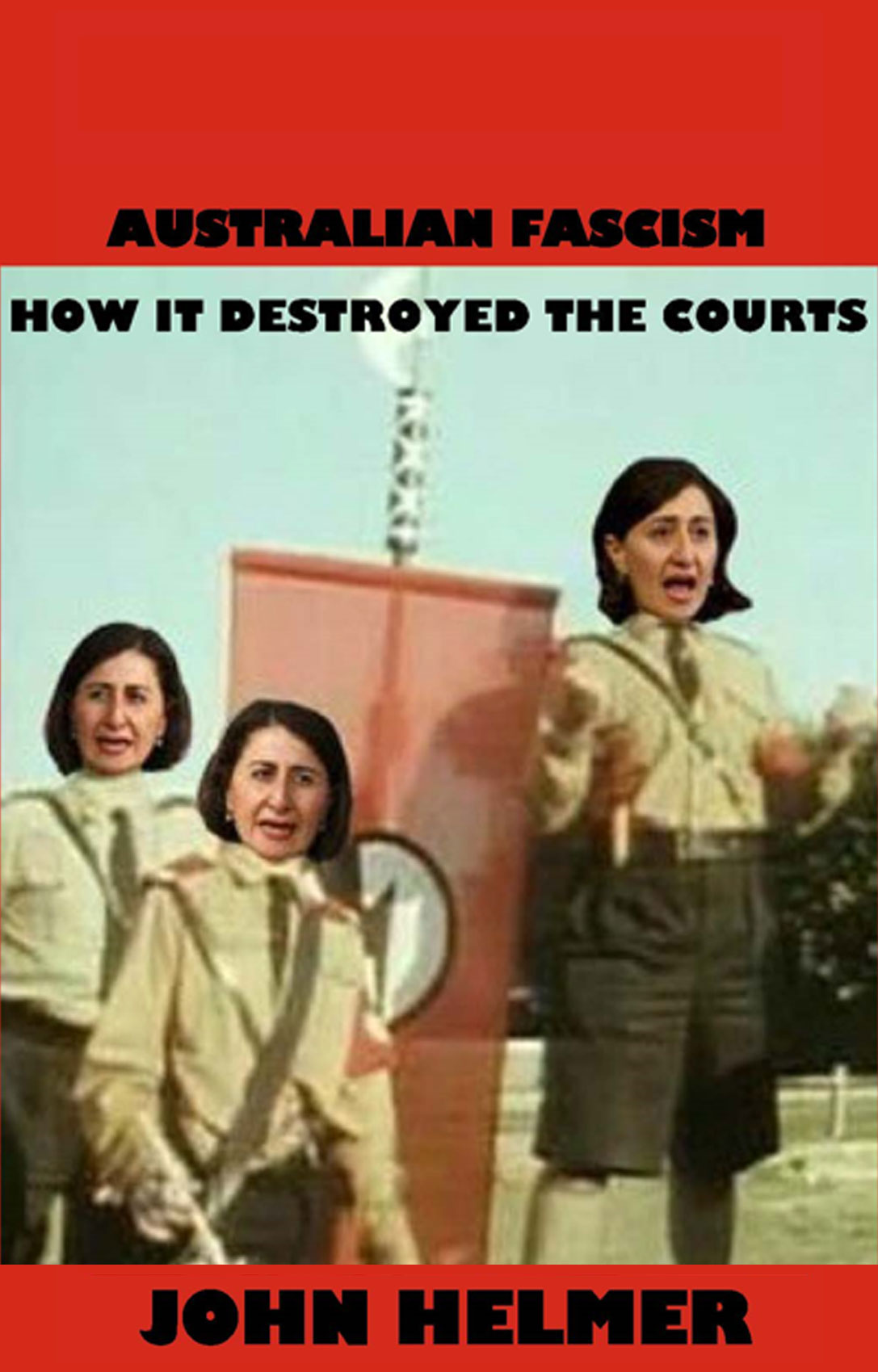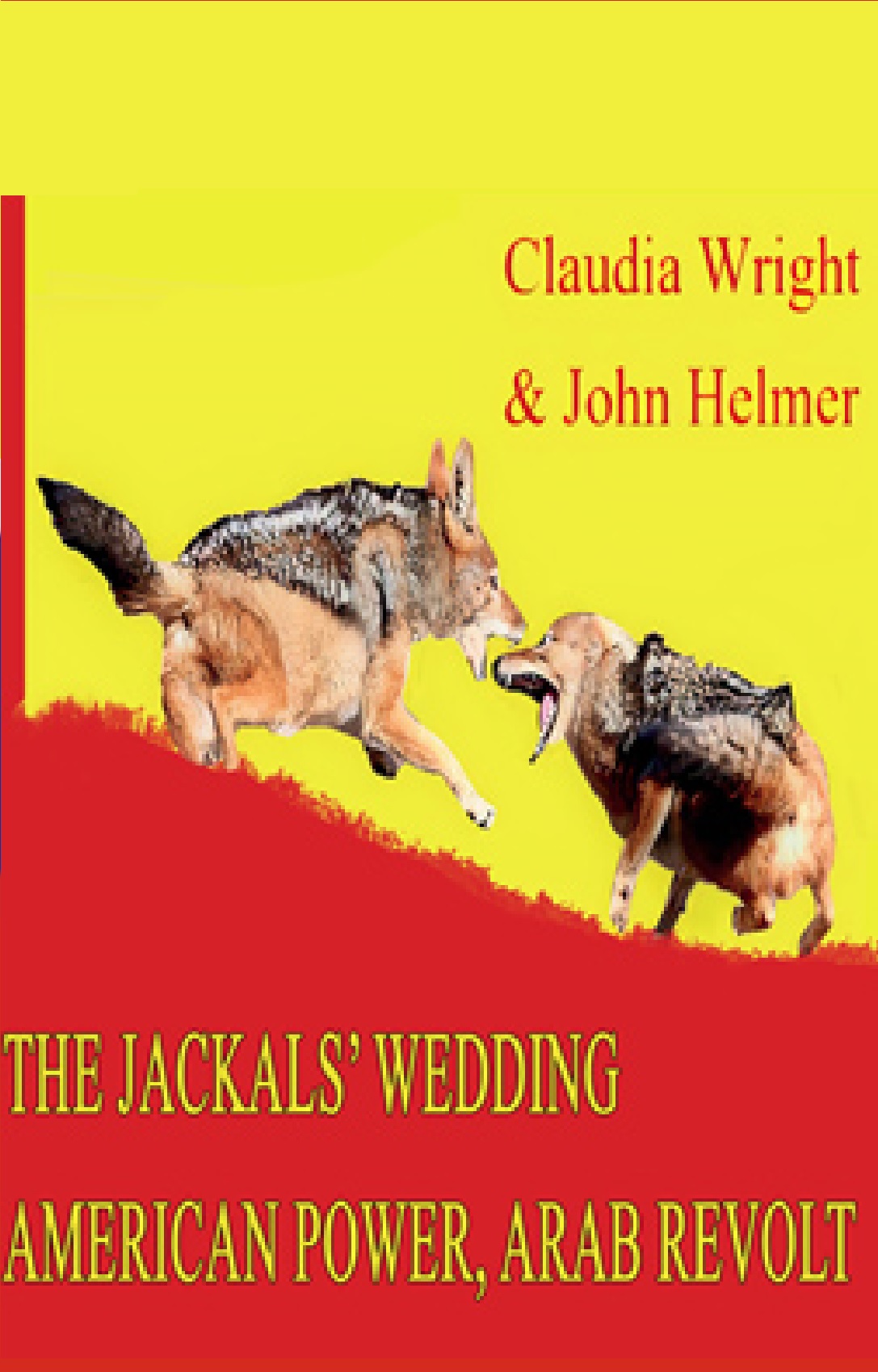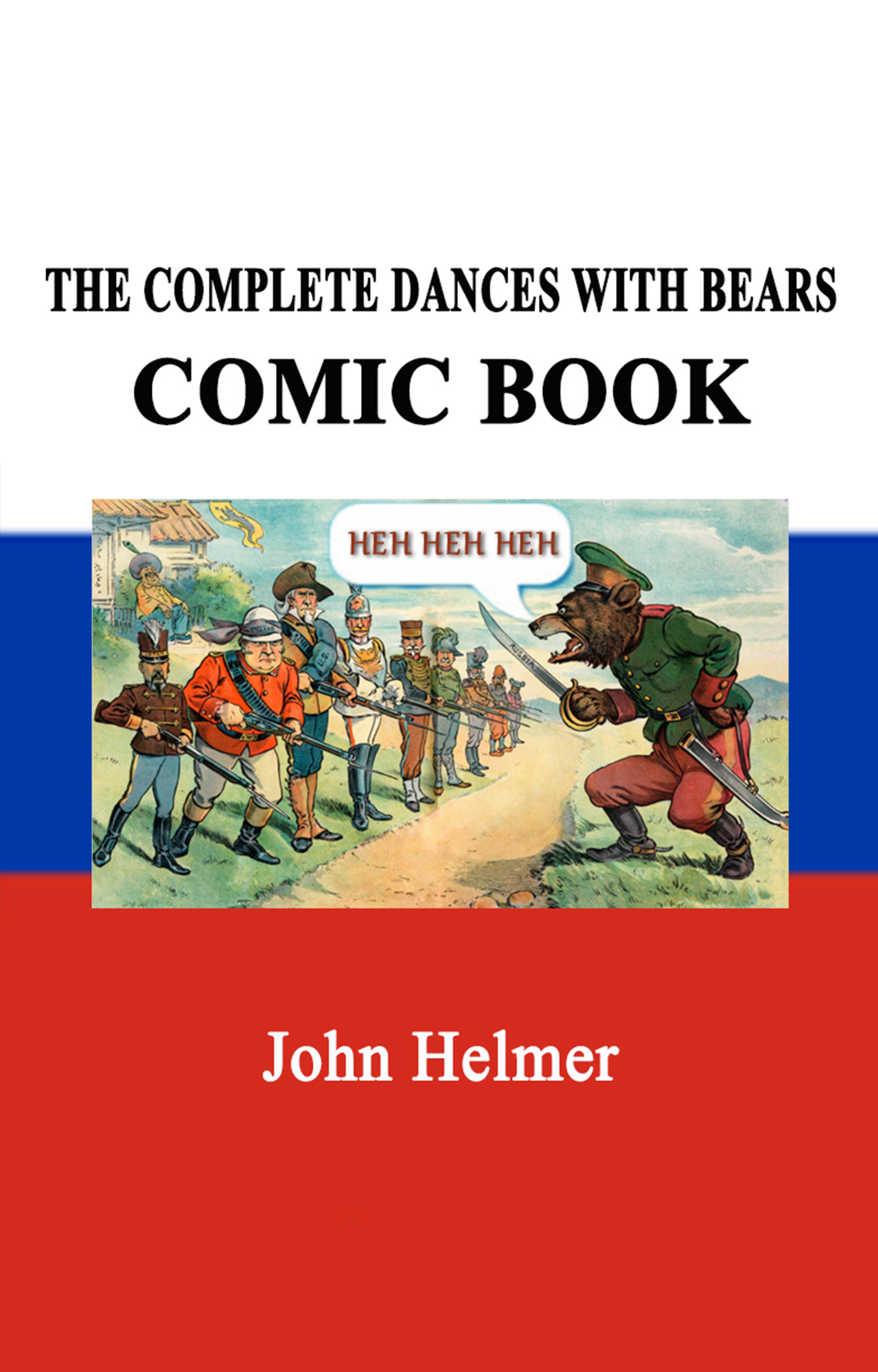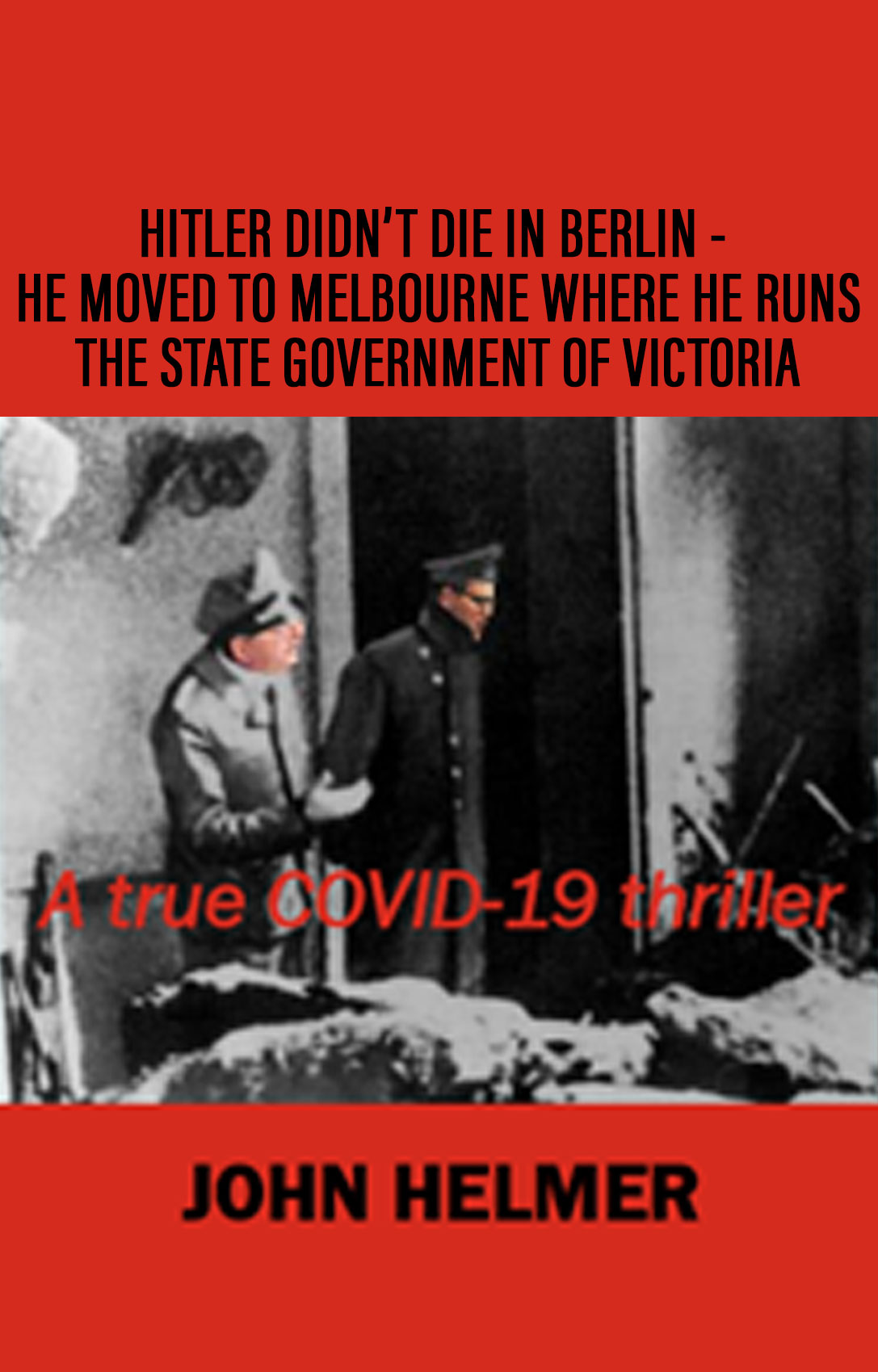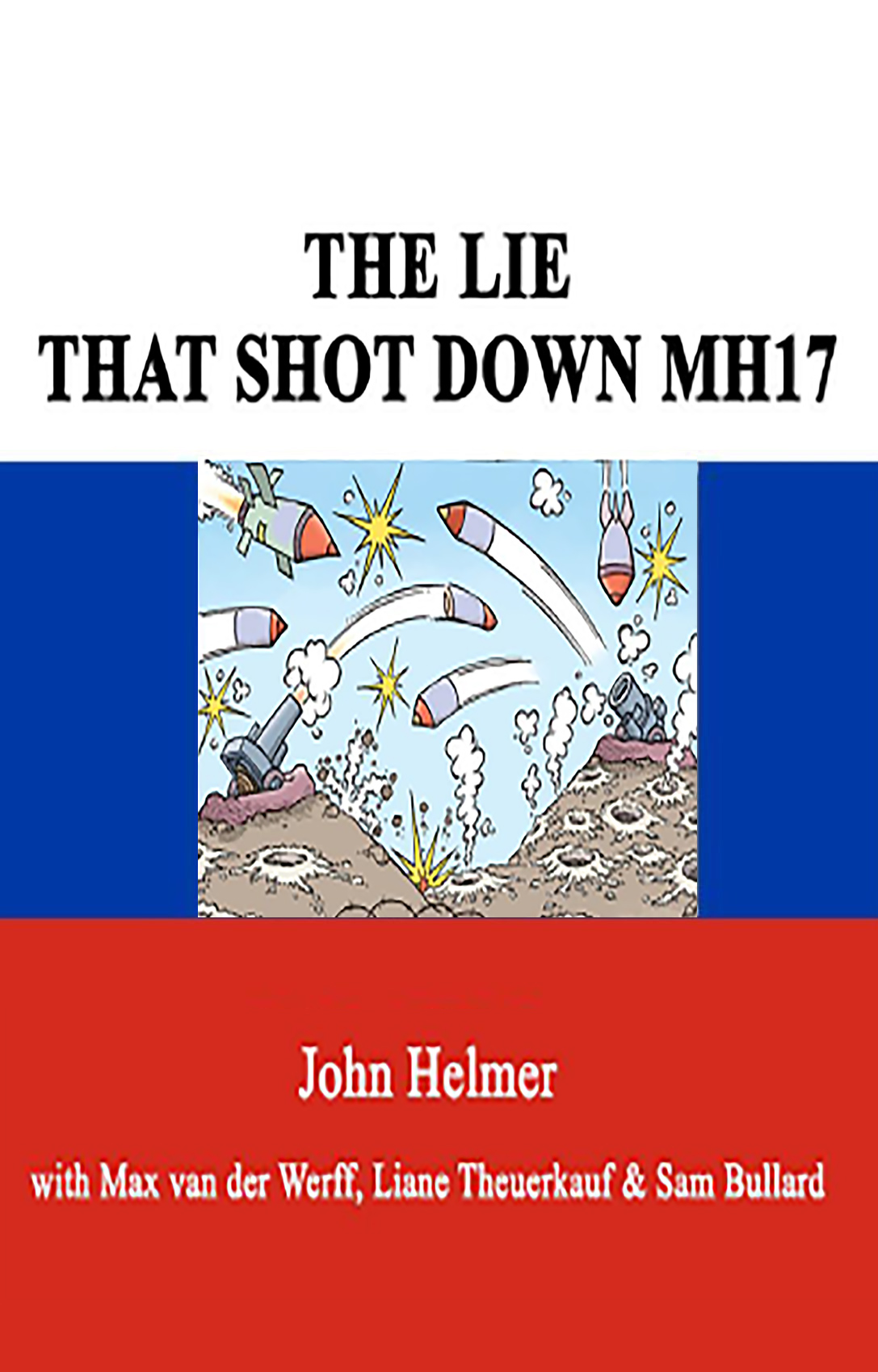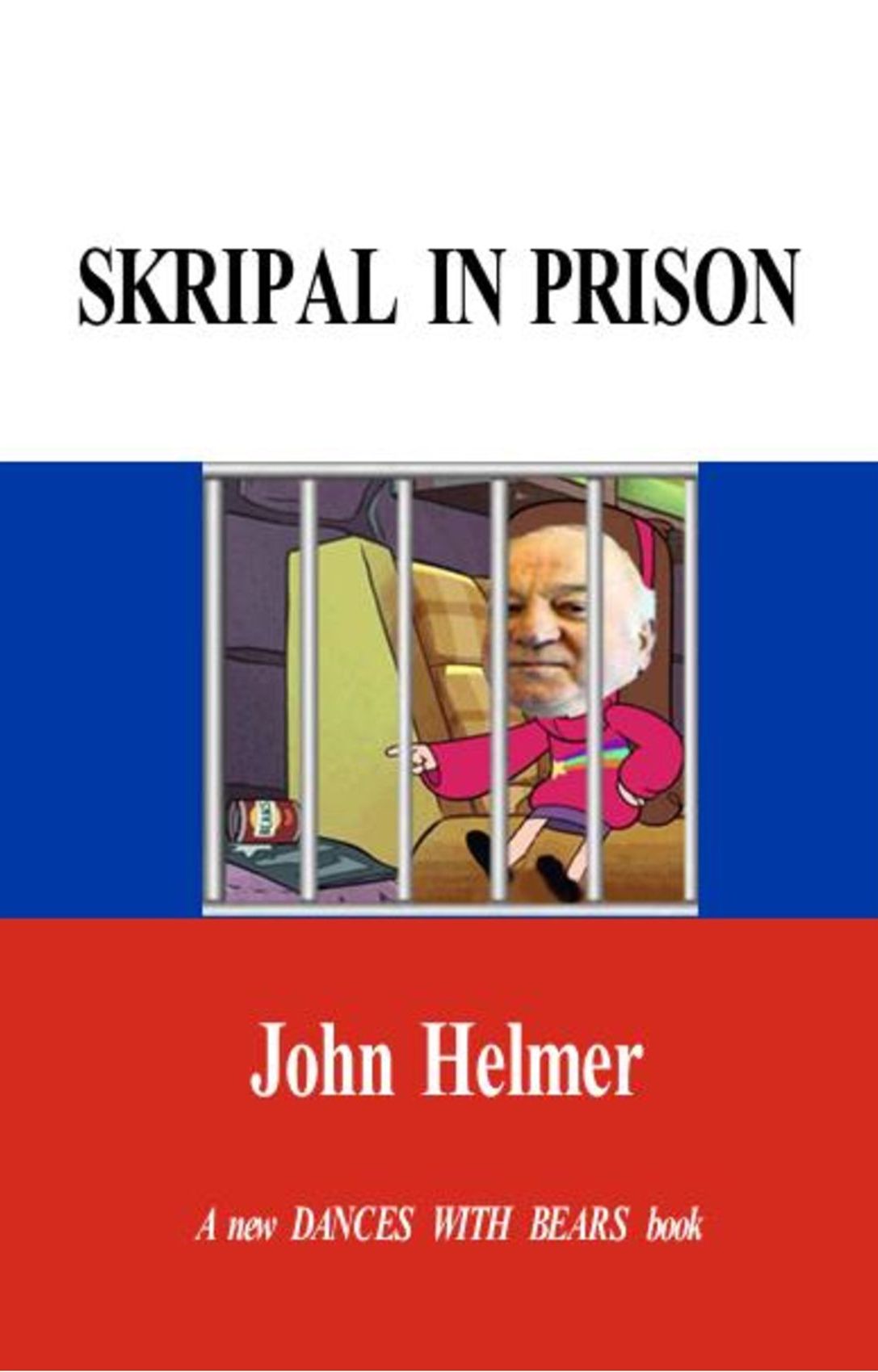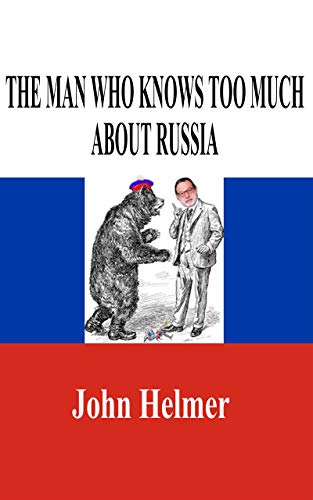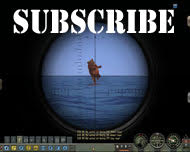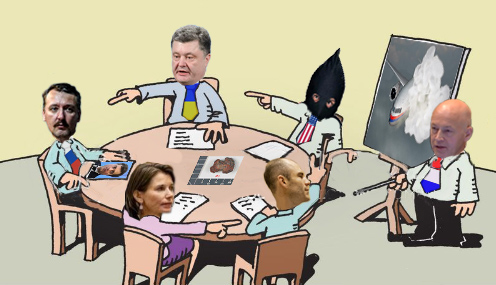

By John Helmer, Moscow
@bears_with
A former Dutch tax inspector, currently a judge of a district court at The Hague has ruled to convict three men of forming a criminal association for killing 298 passengers and crew of Malaysia Airlines flight MH17 on July 17, 2014, on the orders of the Russian military command and government in Moscow. The judge, Hendrik Steenhuis (lead image, right), has ruled admissible the evidence of the crime supplied by Dutch and Ukrainian state organisations and their military officers, intelligence agents, and police. They testified in secret that “no traces of tampering [with evidence] were found”. Steenhuis concluded that “all [telephone tapes and photographic images] were authentic and have not been manipulated.”
He has ruled inadmissible and dismissed all the evidence supplied by Russian organisations because, he said, they are state agencies and “not clear, transparent, entirely unconvincing.”
The convicted men – Colonel Igor Girkin (lead image, left), Colonel Sergei Dubinsky, and Leonid Kharchenko – formed their organisation to commit crimes in the conflict in eastern Ukraine in which the Russian state was engaged on one side, but the judge found no other foreign state was engaged on the other side. He also ruled that the laws of war and combatant immunity for the deployment and operation of arms legally protected the Kiev forces but did not apply to the Donbass army. Accordingly, Steenhuis declared, “due to the lack of combat immunity, the suspects, like any other civilian, were not entitled to shoot at any aircraft, including a military aircraft, and thereby kill the military occupants. The realized criminal act of downing a plane and killing the occupants was therefore already included in the original plan.”
“The court is of the opinion that it appears that although the Buk missile was deliberately fired, it was thought that it was a military aircraft and not a civilian aircraft. To that extent, it must have been a mistake. However, such a mistake does not detract from the intention and the premeditated advice.”
By implication, the Dutch court has ruled that Ukrainian and Russian resistance to the regime change in Kiev of February 2014, the armed struggle for self-determination which followed, and self-defence from Ukrainian air and ground attack was and remains illegal – a Russian state crime because, Steenhuis said, “the Russian Federation had overall control of the DPR [Donetsk People’s Republic] in 2014.”
Steenhuis identified “artillery shelling on Ukrainian territory, which would have been carried out from the Russian Federation from the beginning of July 2014. Witnesses have also testified about Russian equipment with Russian soldiers, which crossed the border, carried out shelling and then drove back.” He makes no reference to shelling or air bombardment by the Kiev forces.
In 16,000 words of Steenhuis’s ruling, Kiev is not mentioned at all; nor Washington; nor the Ukrainian President at the time, Petro Poroshenko (lead image, rear centre); nor US government financing, arms and other aid to the military operations in the Donbass.
By contrast, President Vladimir Putin, his advisor Vladislav Surkov (picture on table), and other “high-ranking persons in the Russian Federation”, are named by the judge as having “provided for financing of the DPR, the supply and training of men and the supply of weapons and goods. In addition, since mid-May 2014, the Russian Federation has had a decisive influence on the filling of high positions within the DPR and has interfered in the coordination of military actions and also taken military actions on Ukrainian territory.”
For evidence of the murder weapon, the judge announced that he accepts a single piece of warhead shrapnel shaped like a bow tie (centre of table), which he said had been recovered from the body of a cockpit crew member. That discovery by Ukrainian and Dutch state investigators has remained undocumented and the chain of custody of the fragment unverified. Steenhuis had no explanation for the disappearance of all 2,600 other pieces of bow-tie shrapnel in the missile warhead alleged to have exploded against the MH17 cockpit.
According to the Dutch Criminal Procedure Code at Section 344a : “[a judge] may not find that there is evidence the defendant committed the offence as charged in the indictment exclusively or to a decisive extent on the basis of written materials containing statements of persons whose identity is concealed.”
As the law to warrant the three convictions, the acquittal of Lieutenant-Colonel Oleg Pulatov, three life prison sentences, and award of €16 million in compensation, Steenhuis introduced a Dutch Supreme Court concept called “functional co-perpetration”. Dutch and international lawyers acknowledge this is guilt by association. They note that in international, North American and British law, this cannot be proven with a witness testifying in secret; with evidence gathered by a secret chain of custody and tested in secret; without cross-examination of experts in open court; and by hearsay of one judge referring to another investigating judge whose identity and proceedings have also remained secret.
There is “no possibility of reasonable doubt whatsoever”, Judge Steenhuis declared in his summing-up.
“Joint criminal responsibility is an idea the Americans tried to use at the Yugoslav and Rwanda war crimes tribunals thirty years ago — it’s bogus law”, commented Christopher Black, a Canadian attorney who represented defendants accused in those proceedings.
“By acquitting Pulatov, the only defendant to be represented in court,” comments Dutch jurisprudence expert Alfred Vierling, “the court has done its best to hinder the convicted defendants from taking higher court proceedings to challenge the law and the convictions in the Court of Appeal.”
(more…)
